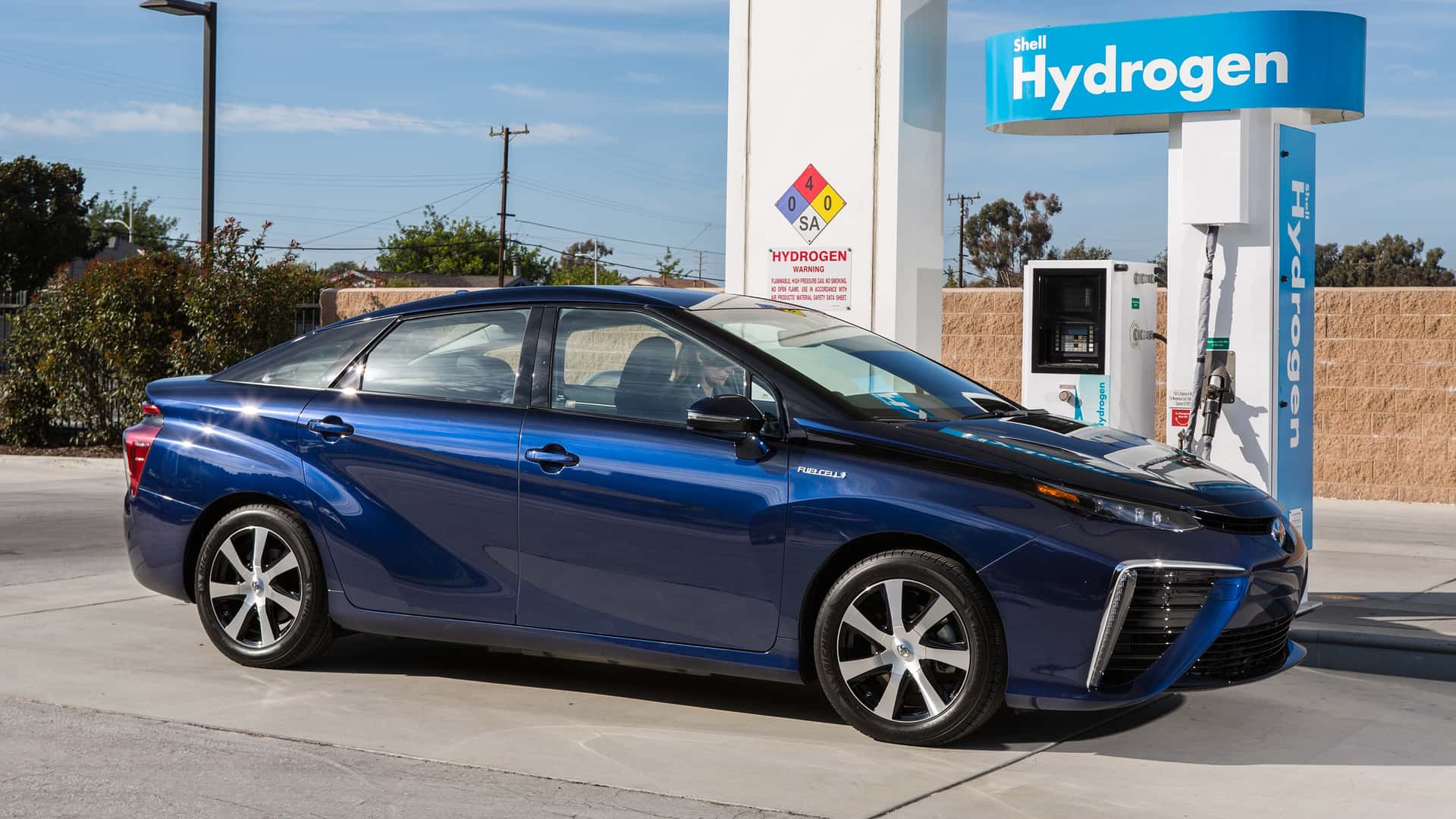Shell Is Immediately Closing All Of Its California Hydrogen Stations | The oil giant is one of the big players in hydrogen globally, but even it can’t make its operations work here.::The oil giant is one of the big players in hydrogen globally, but even it can’t make its operations work here. All seven of its California stations will close immediately.



https://www.energy.gov/eere/fuelcells/hydrogen-delivery (choosing this source SPECIFICALLY because it’s a government entity to prove a point, not because it’s the most instructive source)
Yes. I meant what I said. We already do it. Just because you recognize one option of transfer, and have a link that outlines basic details of it, doesn’t mean that what I’m talking about doesn’t exist…
Considering that gasoline tankers are Liquid trucks, I’m not sure why you’d jump straight to a conversion to gas and then make the an argument that I’m talking about gaseous tube trailers.